“Only those who dare to fail greatly can ever achieve greatly,” politician Robert F. Kennedy once said. He wasn’t speaking to the people at Google, Apple or Coca-Cola — but he might as well have been. These manufacturing giants are just a few of the many who’ve experienced huge failures. Yes, even the wealthiest, most successful companies in the world have had their share of product flops.
If you see failure as a stepping stone to success, you’re more likely to achieve your goals. Just look at Thomas A. Edison and his relentless quest to create a light bulb. “I have not failed,” he said. “I've just found 10,000 ways that won't work.”
So for any budding entrepreneurs out there, these 35 product flops may be reassuring. You might be familiar with some of them, while others may have passed you by. They all have one thing in common: proof that nobody gets it right, all the time.
New Coke
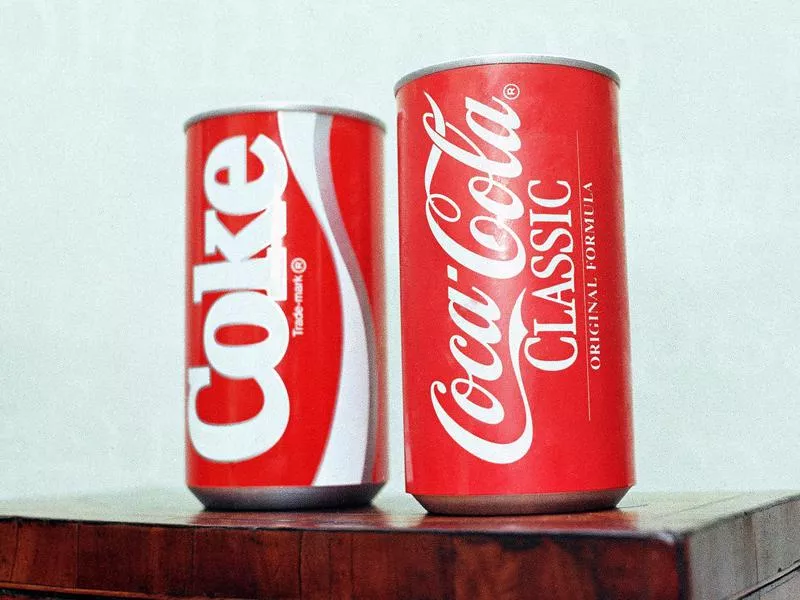
Charles Kelly / AP Photo
Company: Coca-Cola
Year introduced: 1985
What it was: Cola drink
In April 1985, Coca-Cola made an announcement that shocked the world: It was changing the secret formula behind the world’s biggest soft drink. According to Coca-Cola, the new formula would be sweeter and tastier than rival Pepsi.
Despite the big change being, well, not so big after all — TIME’s food critic Mimi Sheraton described it as “a little like classic Coca-Cola that has been diluted by melting ice” — consumers weren’t happy. When it comes to their favorite soft drinks, it appears people really don’t like change. Only three months after the launch of New Coke, the old recipe was reinstated. New Coke may have flopped, but it worked wonders for Coca-Cola — its stock soared after the original drink came back.
Missed New Coke the first time around? Coca-Cola has revived it briefly as a promo for “Stranger Things 3,” which takes place during the New Coke-era.
Pepsi A.M.
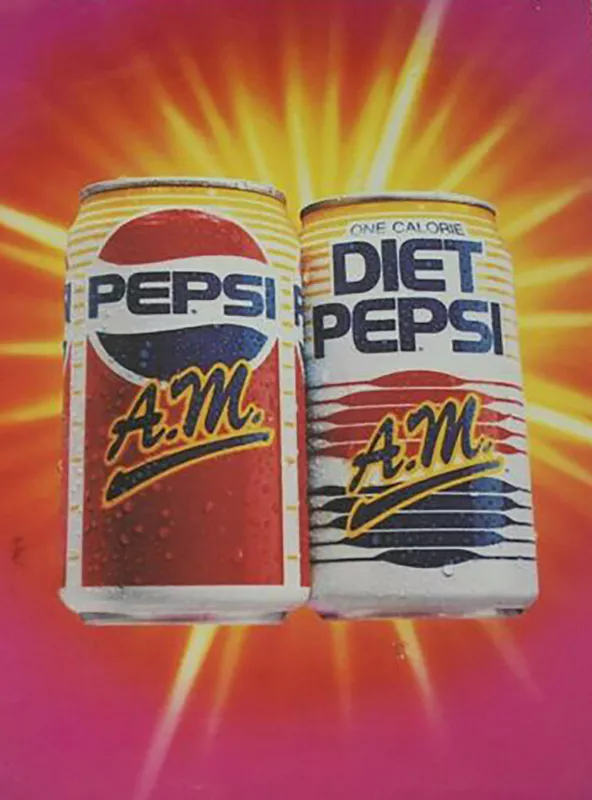
theweissfamily / eBay
Company: Pepsi
Year introduced: 1989
What it was: Cola drink
The words “breakfast” and “cola” really shouldn’t go together, but in 1989 Pepsi was determined to crack the early morning market, launching Pepsi A.M. to target the “breakfast cola drinker.” It had one calorie per can and 25 percent more caffeine than regular Pepsi. Unfortunately, after a year of marketing the new drink, it wasn’t creating the buzz Pepsi had hoped for — so the company simply went back to encouraging people to drink regular Pepsi at breakfast time.
Amazon Fire Phone
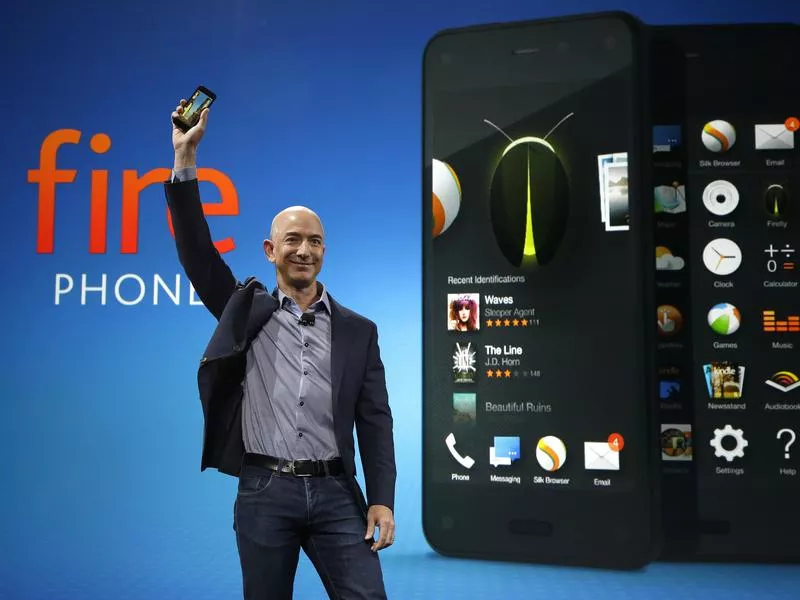
Ted S. Warren / AP Photo
Company: Amazon
Year introduced: 2014
What it was: Smartphone
Amazon was always going to enter the smartphone market, and it finally happened in 2014 with the release of the Amazon Fire Phone. Running on Android, it boasted 3D face scanning technology, but this was seen as a gimmick rather than a bonus and it failed to impress either consumers or critics. Amazon discontinued the phone only 13 months after its launch, and decided to leave phone manufacturing to those who did it better.
According to Time, the company was forced to take a $170 million writedown charge on related costs and still had $83 million worth of unsold Fire Phones still in its inventory in October 2014.
Crystal Pepsi
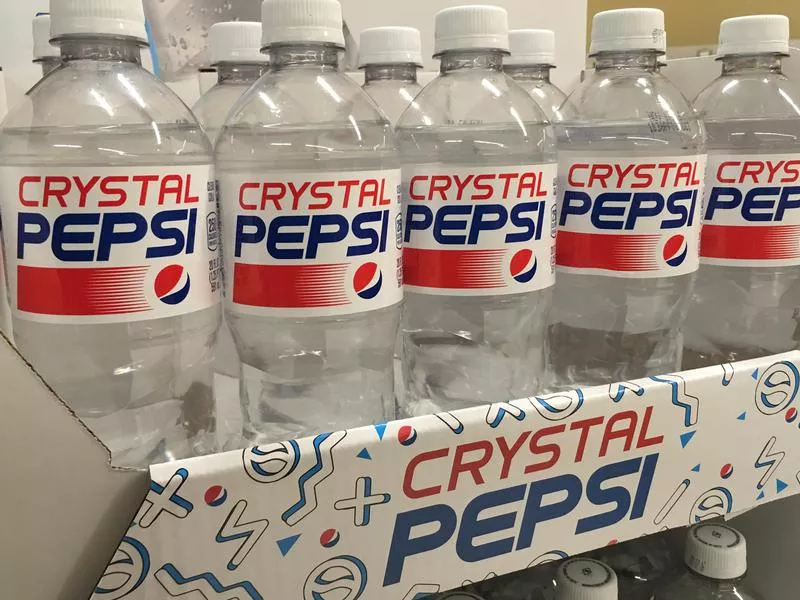
Mike Mozart / Flickr
Company: Pepsi
Year introduced: 1992
What it was: Another cola drink
A few years later, they approached it from a caffeine-free angle, creating a clear cola called Crystal Pepsi. It was marketed as being the healthier cola choice, but in fact it had 250 calories and 69 grams of sugar in a 20-ounce bottle. After good initial sales the public lost interest, and Crystal Pepsi died in 1993. David Novak, chief executive of Yum Brands said in a 2007 interview with Fast Company that Crystal Pepsi was “the best idea I ever had, and the worst executed.”
Apple Newton
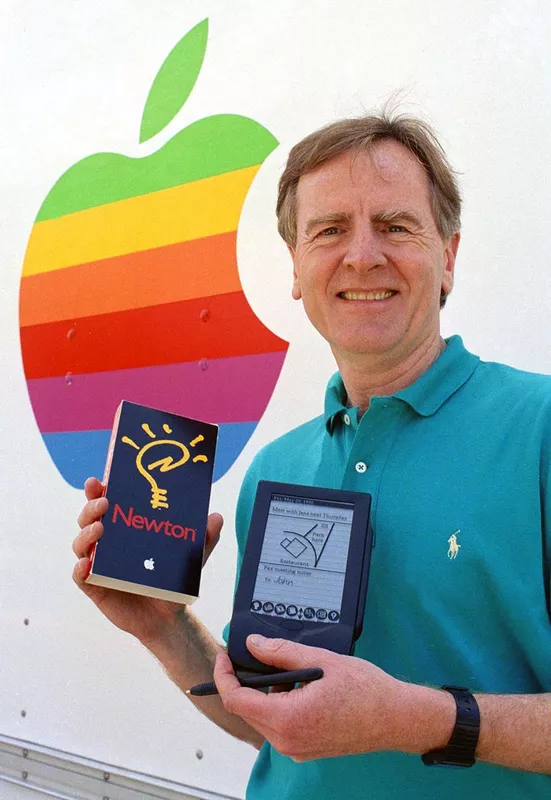
Paul Sakuma / AP Photo
Company: Apple
Year introduced: 1993
What it was: Personal digital assistant
Before Apple was the world’s most valuable company, it made a few dodgy decisions, including the development of the Newton, a series of personal digital assistants (PDA) that were first shipped in 1993. It promised a simple, portable, flexible experience, which included the ability to take notes faster than any pen and paper. The reality was that the Newton’s handwriting recognition was so bad it was the butt of a joke on “The Simpsons,” and with a price tag of $700, it was way too expensive for most consumers.
Of course, Apple later produced the iPad, which is indisputably the world’s best tablet — so maybe the whole Newton embarrassment was a lesson worth learning.
Google Glass
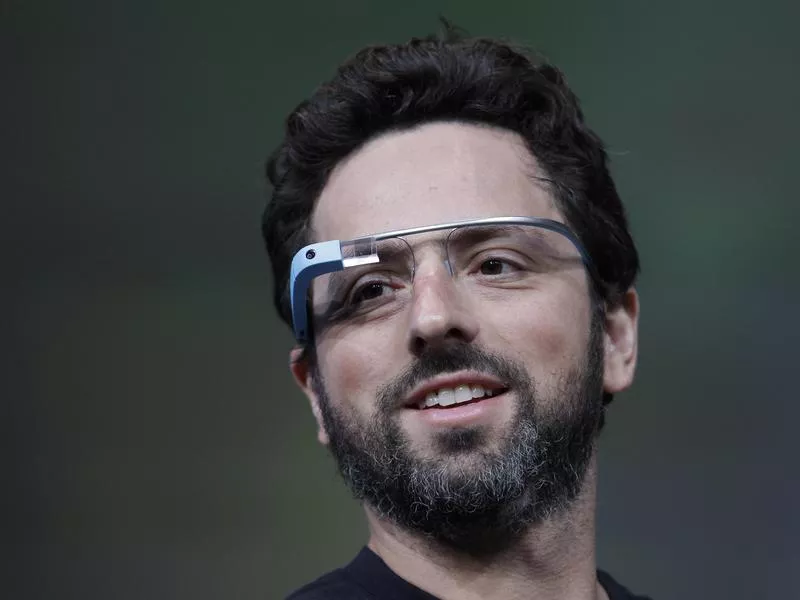
Paul Sakuma / AP Photo
Company: Google
Year introduced: 2013
What it was: Wearable tech
Google Glass is a prime example of a product that doesn’t live up to the hype. While the company was ahead of its time with the spectacles that let wearers take photos, get directions and more via voice activation, the price tag was an eye-watering $1,500, the battery life was abysmal and the interface was less than user-friendly.
On top of that, the wearable gadget was actually banned by many establishments before it was even released, amid concerns over bespectacled folk invading everyone else’s privacy.
Nintendo Virtual Boy
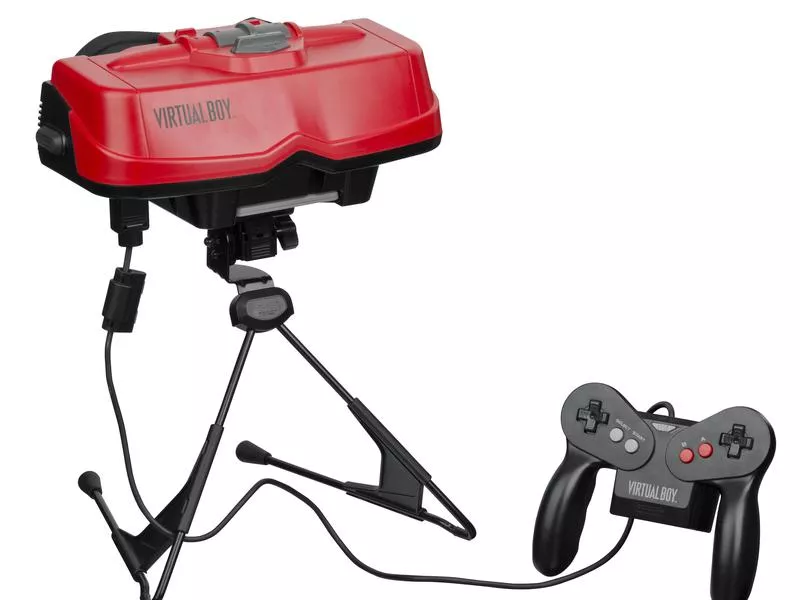
Evan-Amos / Wikimedia Commons
Company: Nintendo
Year introduced: 1995
What it was: Game console
In 1995, Nintendo released a 32-bit table-top video game console, marketing it as the first console capable of displaying stereoscopic 3D graphics and promising to “immerse players in their own private universe.” This strange-looking gadget, with an all-red display, came with a warning to take a break every 15 minutes. Nintendo was nothing if not optimistic, but of the 3 million sales it forecast, it only sold around 770,000 Virtual Boys, leading to its withdrawal from the market in 1996.
Apple/Bandai Pippin
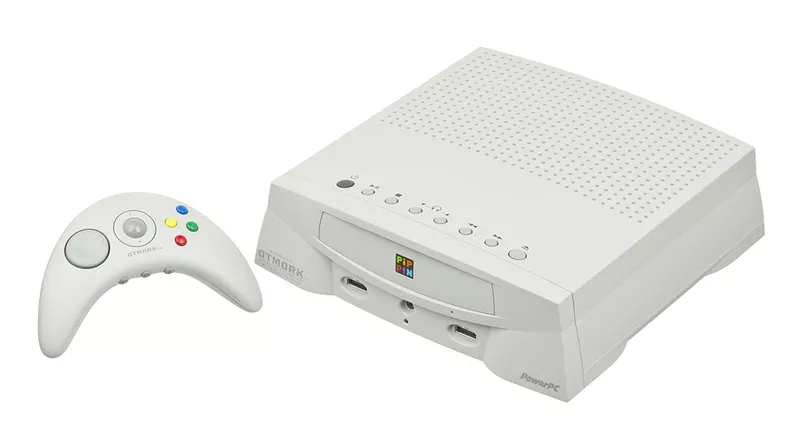
Evan-Amos / Wikimedia Commons
Company: Apple/Bandai
Year introduced: 1995
What it was: Multimedia console
Even Apple tried to break into the gaming industry, but it’s a chapter that’s best forgotten. Steve Jobs and company teamed up with Bandai on the multimedia technology console Pippin, which was based on the Apple Pippin platform, a derivative of the Apple Macintosh platform. It wasn’t cheap ($599 in 1995 money; $1,006.76 in today’s dollars), but Apple had high hopes for it as more than a games console — something “for educational, entertainment and information purposes.” Less than 100,000 units were sold before it was discontinued.
Microsoft Zune
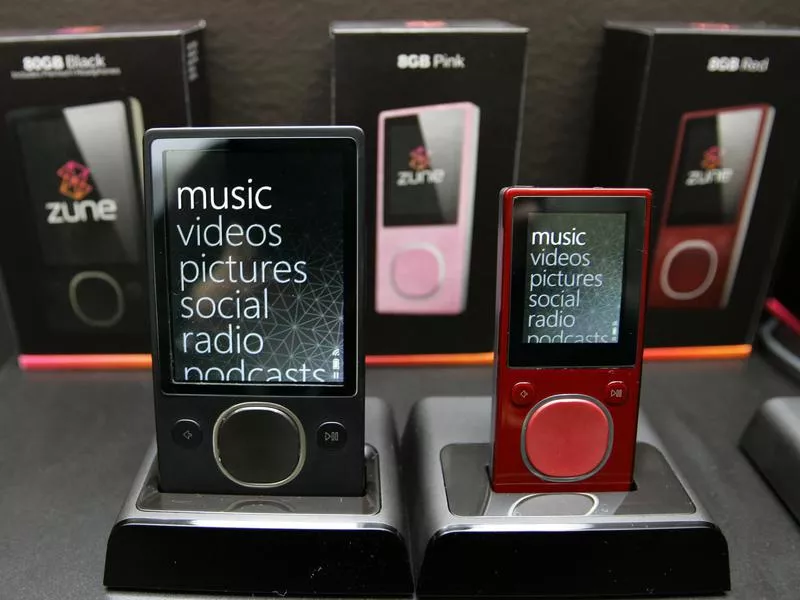
Ted S. Warren / AP Photo
Company: Microsoft
Year introduced: 2006
What it was: Portable media player
Built to take on the iPod, the Microsoft Zune portable media player had its work cut out for it from the get-go. According to Robbie Bach, the former leader of Microsoft's home entertainment and mobile business, the Zune failed because the company wasn’t “brave enough.”
“We ended up chasing Apple with a product that actually wasn't a bad product, but it was still a chasing product, and there wasn't a reason for somebody to say, oh, I have to go out and get that thing,” he told The Verge in 2012.
Arch Deluxe

Video Surplus / YouTube
Company: McDonald’s
Year introduced: 1996
What it was: Burger
One of the most expensive product flops in history was McDonald’s Arch Deluxe, which went on sale in 1996. Intended to appeal to “urban sophisticates,” it was a quarter pound of beef on a sesame seed bun, topped with peppered bacon, leaf lettuce, tomato, cheese, onions, ketchup, and a “secret” mustard and mayonnaise sauce. The fast-food giant spent an estimated $200 million on marketing, but those urban sophisticates weren’t interested.
In 2018, Business Insider reported that McDonald's was testing a new “Archburger,” which appeared to be an updated version of the Arch Deluxe, at a handful of locations.
Cosmopolitan Yogurt
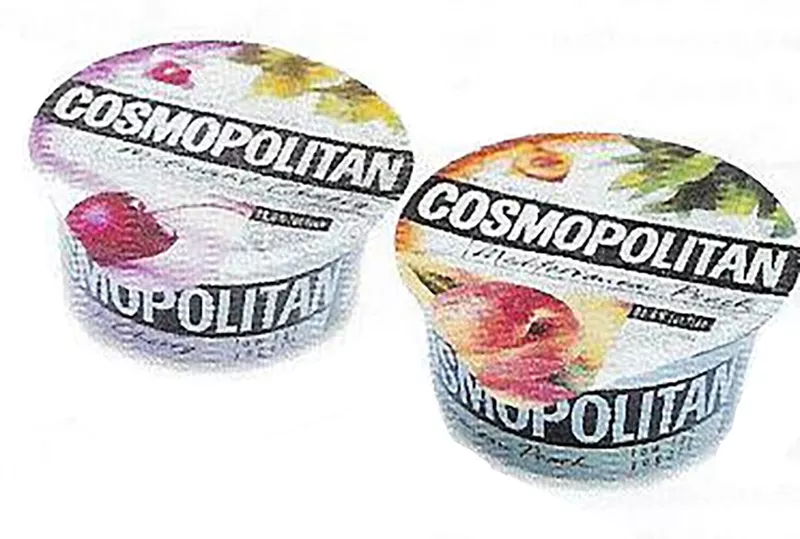
Cosmopolitan
Company: Cosmopolitan
Year introduced: 1999
What it was: Dairy product
By the late 1990s, Cosmopolitan was one of the top women’s magazines on the market, offering readers fashion, beauty, diet, fitness and sex tips on its glossy pages. It was also venturing into branded, clothing, linen, watches and eyewear. Not content to stop there, someone made the peculiar decision to launch a range of dairy products called Cosmopolitan Yogurt in 1999.
However, the products were pulled off the shelves less than two years later due to falling sales.
Sega Dreamcast
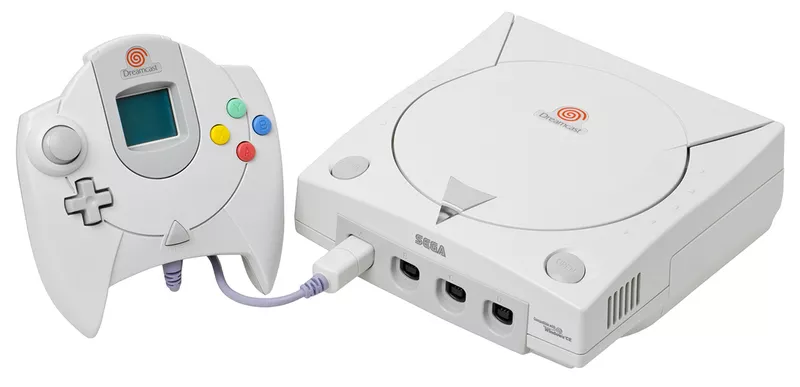
Evan-Amos / Wikimedia Commons
Company: Sega
Year introduced: 1999
What it was: Game console
One of the biggest tech flops in history was the Sega Dreamcast, a console intended to put Sega back on the map in 1999. While it had some powerful hardware and favorable reviews in the early stages, it simply couldn’t compete with the PlayStation 2 or the Xbox. It was eventually canceled in 2001, and Sega never built another console again.
Part of the problem may have been the advertising campaign, which was built around the vague slogan, “It’s thinking,” which failed to highlight any of the benefits of the Dreamcast. On the other hand, Microsoft’s ad strategy for the Xbox was clear, with a heavy focus on games.
MSN Direct Smart Watches
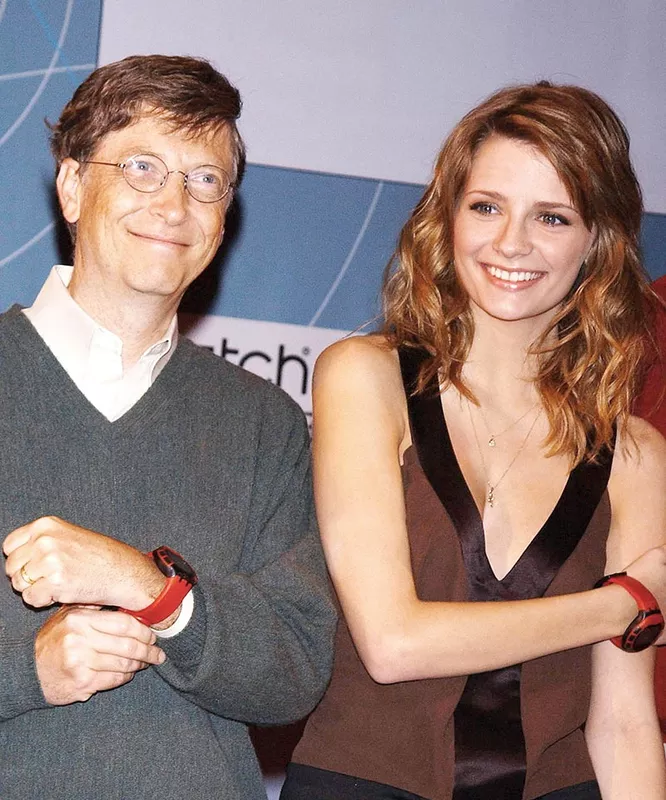
Walter Weissman / AP Photo
Company: Microsoft
Year introduced: 2004
What it was: Smart watch
Also known as the SPOT watch, MSN’s Direct Smart Watch was unveiled by Bill Gates at the Consumer Electronics Show in 2003, and endorsed by actress Mischa Barton. It was cool that the watches could display sports scores, weather reports and stock prices, but it wasn’t so cool that they were super-bulky and didn’t actually do anything a smartphone couldn’t do better. The pay-per-use device limped along for a few years before disappearing for good in 2008.
Oakley Thump
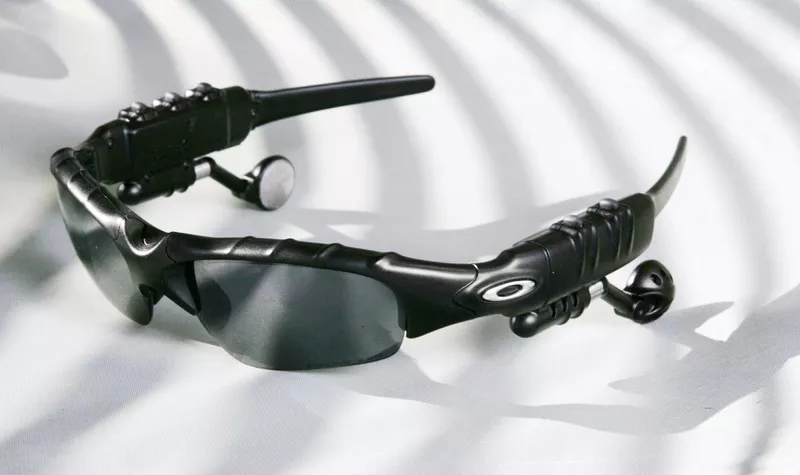
Reed Saxon / AP Photo
Company: Oakley
Year introduced: 2005
What it was: Sunglasses
Who didn’t want sunglasses with a built-in MP3 player in 2005? Everyone, it seemed. The Oakley Thump was too expensive ($495) but didn’t look or feel expensive, had bad sound quality and awkward controls, and totally scrimped on style. What’s more, the flash memory size was a measly 256MB. Not even an endorsement from Duane Chapman, a.k.a. Dog the Bounty Hunter (he wore the Thump on his head during an appearance on “The Tonight Show with Jay Leno”), could stop this gadget becoming a massive flop.
Twitter Peek
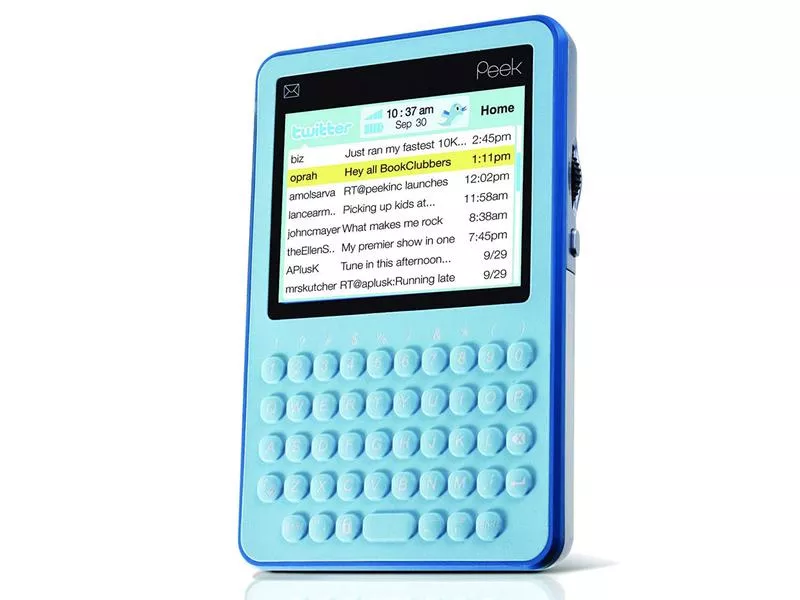
Peek / Amazon
Company: Peek, Inc.
Year introduced: 2009
What it was: Twitter-only mobile internet device
A single-use device is never going to get consumers overly excited (or willing to part with their cash) but that didn’t stop the team behind the Twitter Peek. Dedicated to sending out and receiving tweets, you’d think it would get that right with nothing else to focus on…. but it didn’t. Previews were limited to 20 characters, meaning users had to click to see more. To make matters worse, its built-in browser was disappointing. The gimmicky Peek offered no advantage over the large selection of free smartphone apps available for Twitter users.
Netflix Qwikster
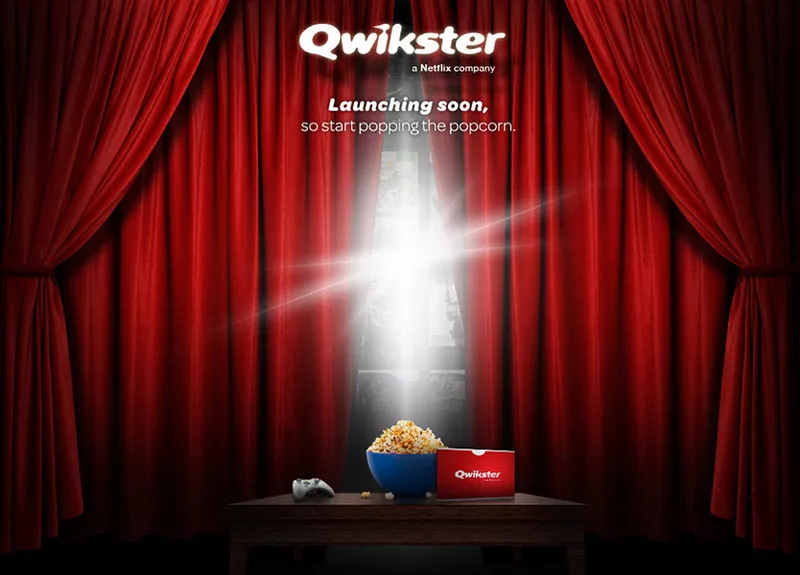
methodshop.com / Flickr
Company: Netflix
Year introduced: 2009
What it was: DVD rental service
Only weeks after Netflix unveiled its DVD-only service Qwikster, it was dead. The brainchild of CEO Reed Hastings, Qwikster was aimed at customers who wanted to carry on getting DVDs in the mail, as per the service’s original premise. But requiring users to register and pay for both that and the new streaming service — on two separate websites without any integration between the two, requiring payment to two different companies each month and the maintenance of two separate profiles — was disastrous.
“Splitting Netflix in two so that you have Netflix and Qwikster is the worst business decision since New Coke,” wrote one of thousands of dissatisfied customers.
Facebook Home
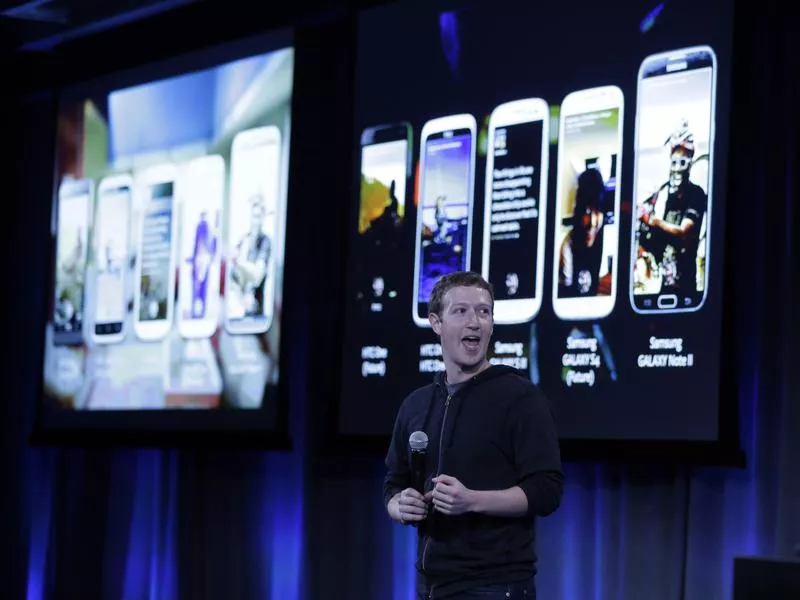
Marcio Jose Sanchez / AP Photo
Company: Facebook
Year introduced: 2013
What is was: Android smartphone interface
In 2013, Facebook released a user interface layer for Android smartphones in an attempt to become the homescreen on every cell phone. It quickly became apparent that it didn’t work, and Facebook dropped the price of the two-year subscription plan from $99 to $0.99 within a month of its launch. The general consensus was that Home worked for Facebook addicts and nobody else.
As a result of the flop, Facebook re-organized its company; The New York Times reported that “Facebook has disbanded the team of engineers originally assigned to work on Facebook Home.”
The Amstrad Emailer
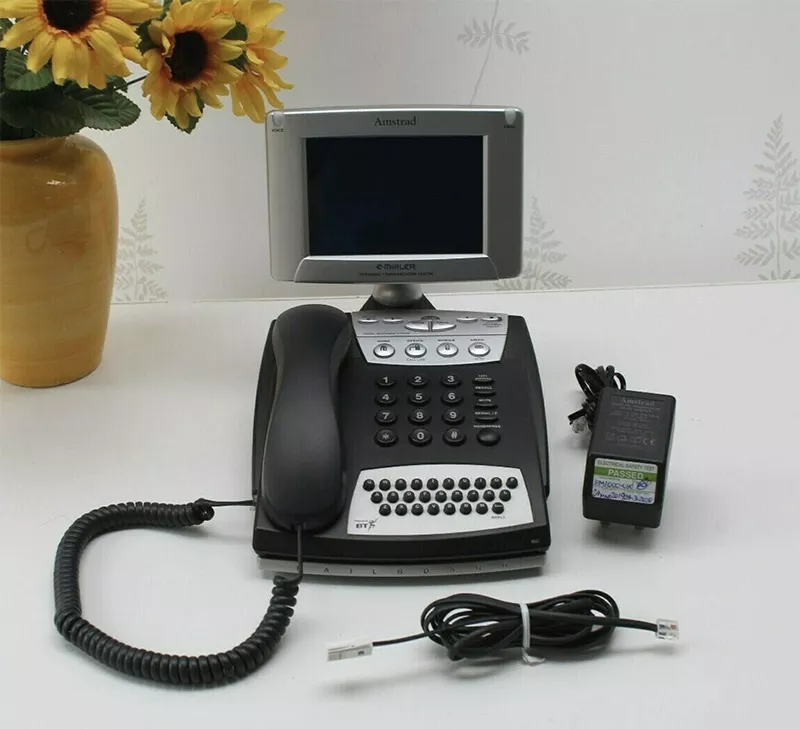
claudiuscaesar / eBay
Company: Amstrad
Year introduced: 2000
What it was: Email machine
The Amstrad Emailer, also known as the Em@iler, was as a pay-as-you-go email machine that could also be used as a telephone. At the time, cell phones rarely had an email function, so it was a good idea in theory. But users objected to paying a premium rate to get online, and most people just wanted to use a computer. In 2001, it was reported that Bob Watkins, CEO of Amstrad, resigned over Amstrad founder Lord Sugar’s “obsession” with the Emailer, which had cost the company millions by this point.
Premier Smokeless Cigarettes

Frank Augstein / AP Photo
Company: R.J. Reynolds
Year introduced: 1988
What it was: Cigarette
In an attempt to make smoking safer, R.J. Reynolds (the second-largest tobacco company in the U.S.) introduced Premier smokeless cigarettes in 1988. The product failed on all counts — it didn’t give smokers their habitual smoke, burn and flick; it tasted awful, and nobody really knew how safe it was. It was a costly mistake for Reynolds, which spent almost $1 billion on the product before taking it off the shelves in less than a year.
DH 106 Comet

Klaus Nahr / Wikimedia Commons
Company: De Havilland
Year introduced: 1949
What it was: Airplane
As the world’s first commercial jet airliner, the De Havilland Comet DH106 was hailed as the beginning of a new age in passenger travel. But within a few years of its 1949 launch, it had several unexplained crashes, including planes overrunning the runway and even exploding in midair. People died, the Comet’s reputation took a hit and all models were withdrawn from service.
Betamax
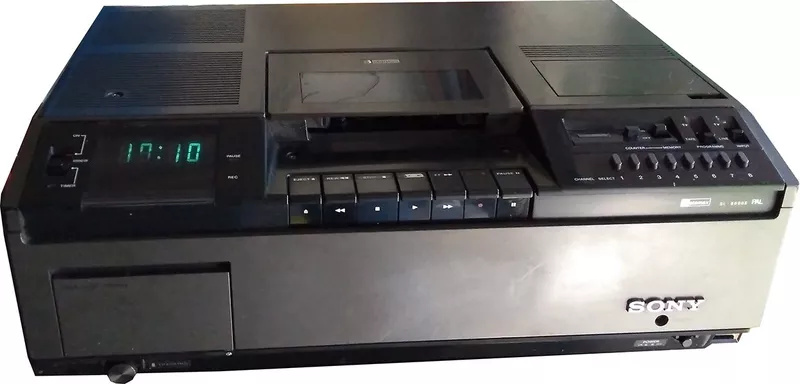
dr.marioli / Wikimedia Commons
Company: Sony
Year introduced: 1975
What it was: Video cassette format
Before the VHS tape became the standard video cassette format, Sony introduced its Betamax format. It had 12 months of exposure before JVC introduced the VHS tape, but failed to capitalize on that, despite being superior both in terms of resolution and sound quality.
Sony tried to be too greedy, refusing to license its technology to other manufacturers. Meanwhile, JVC licensed its VHS technology to anyone who expressed an interest, and grabbed the biggest slice of the pie. Betamax had 100 percent of the VCR market in 1975; by 1988, its share had fallen to 10 percent.
Touch of Yogurt Shampoo
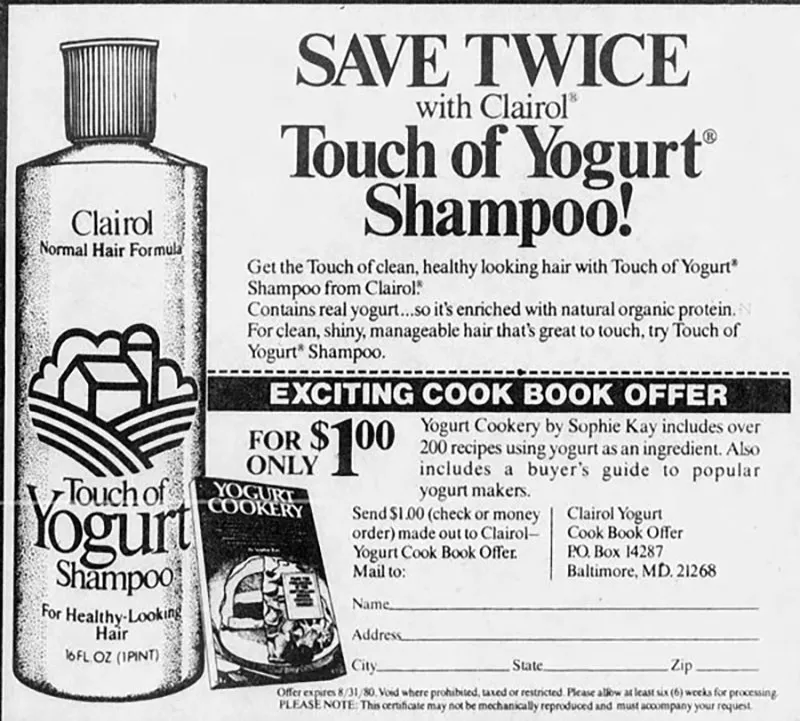
Clairol
Company: Clairol
Year introduced: 1979
What it was: Shampoo
These days, we don’t bat an eyelid at anything natural on the ingredients list of our hair and beauty products. From pomegranate face mask to chia seed conditioner — if we’d eat it, we’ll wear it and wash with it. So perhaps Clairol was simply too ahead of the game with its Touch of Yogurt shampoo in 1979. Apparently, major confusion ensued, with people eating the product instead of putting it on their tresses.
Kitchen Entrees
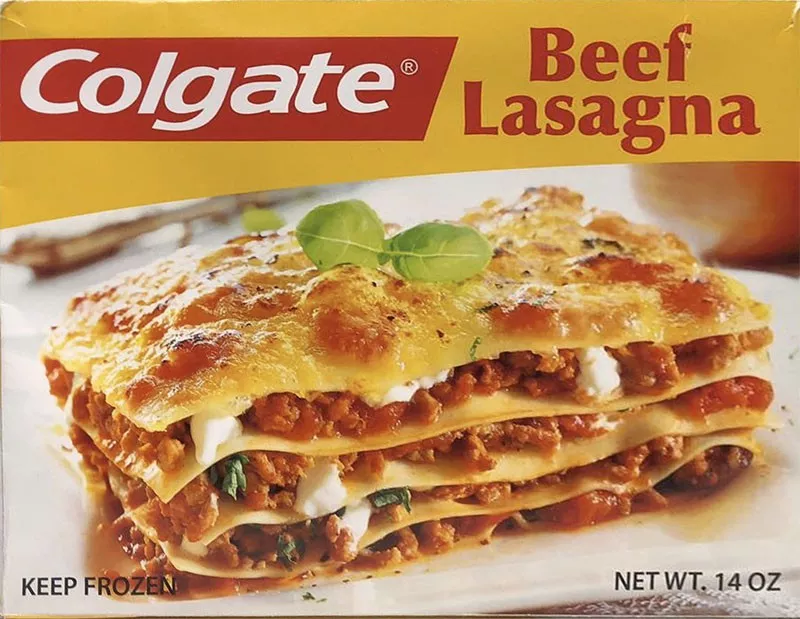
Museum of Failure / Instagram
Company: Colgate
Year introduced: 1982
What it was: Frozen meals
By the early 1980s, pre-prepared frozen meals, a.k.a. “TV dinners,” had taken off. But Colgate’s jump on the bandwagon was more of a stumble, a prime example of a successful brand venturing too far outside its comfort zone. The company’s pre-made Kitchen Entrees never took off, perhaps because people naturally associated the name Colgate with toothpaste, and who wants their chicken Kiev to taste minty fresh?
United States Football League
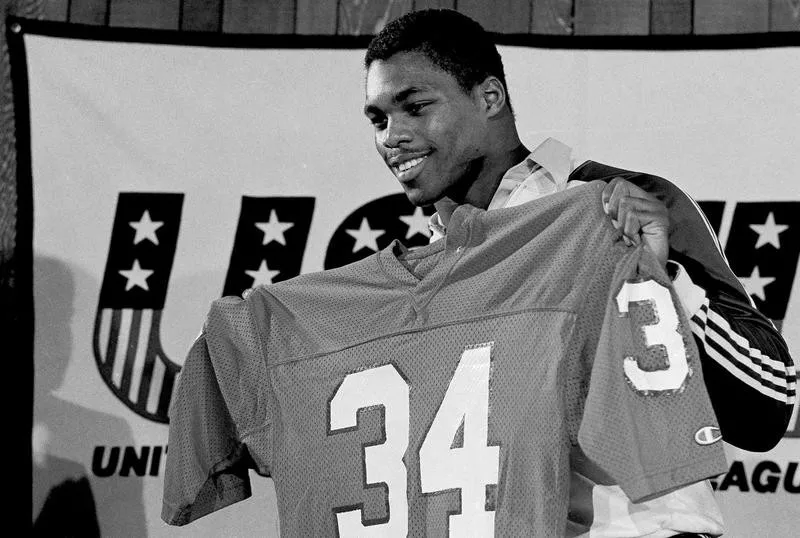
Ron Lindsey / AP Photo
Company: USFL
Year introduced: 1982
What it was: Sports league
Created to fill the March through July football drought during NFL’s off-season, the United States Football League (USFL) consisted of 12 teams, one of which (the New Jersey Generals) was owned by then real estate investor Donald Trump. The league battled numerous financial and logistical problems (not enough stadiums to play in, for starters), and the final nail in the coffin was losing an antitrust lawsuit against the NFL. The USFL folded in 1985.
Lisa
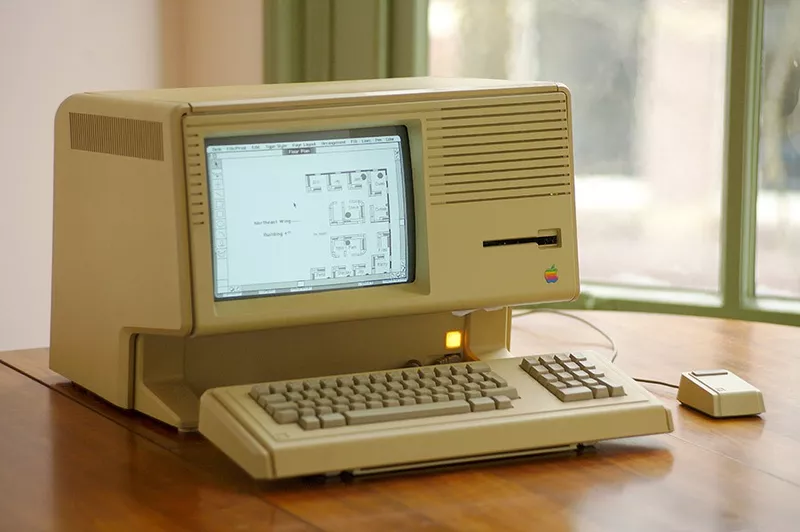
Simon Claessen / Flickr
Company: Apple
Year introduced: 1983
What it was: Personal computer
Apple had high hopes for Lisa, one of the first commercial personal computers to be sold with a mouse and a graphical user interface (GUI), which means the screen featured icons and images and not just lines of text. The company plowed $50 million into getting Lisa market-ready, but customers weren’t willing to make a significant investment of their own. The $9,995 price tag was too high, and only 100,000 units were sold in two years before Lisa retired for good.
Legendary Harley Davidson
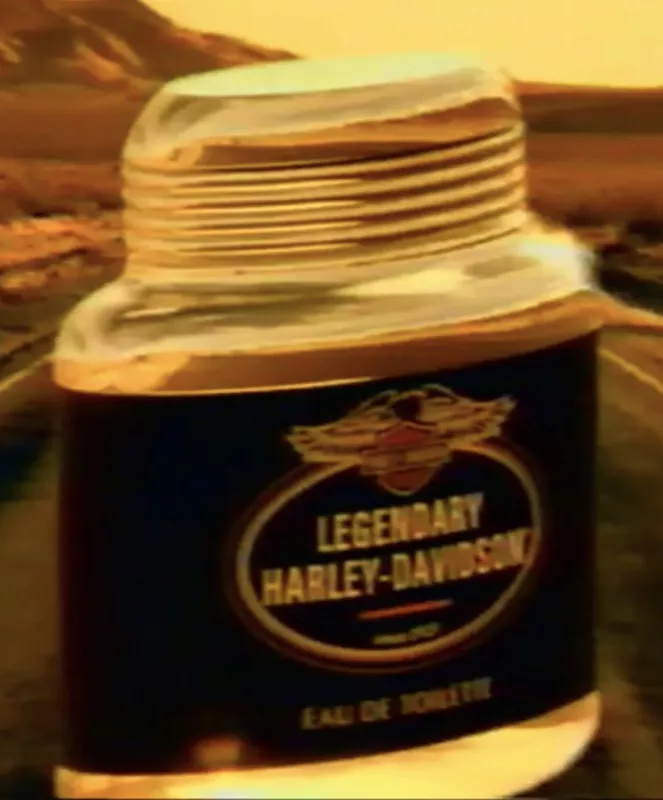
Benjamin Mugnier / YouTube
Company: Harley Davidson
Year released: 1994
What it was: Eau de toilette
Harley Davidson is a household name, but it’s not exactly synonymous with fine fragrance. Customers were baffled when the brand introduced a cologne for men in 1994 — would it smell of leather and burning rubber? Or a sweaty biker, perhaps? Despite promising “the scent of freedom,” Legendary Harley Davidson wasn’t a hit in any of its variations, which included “Hot Road” and Cool Spirit.” Still, the company kept trying; in 2005 another fragrance, Black Fire, hit the market.
Persil Power
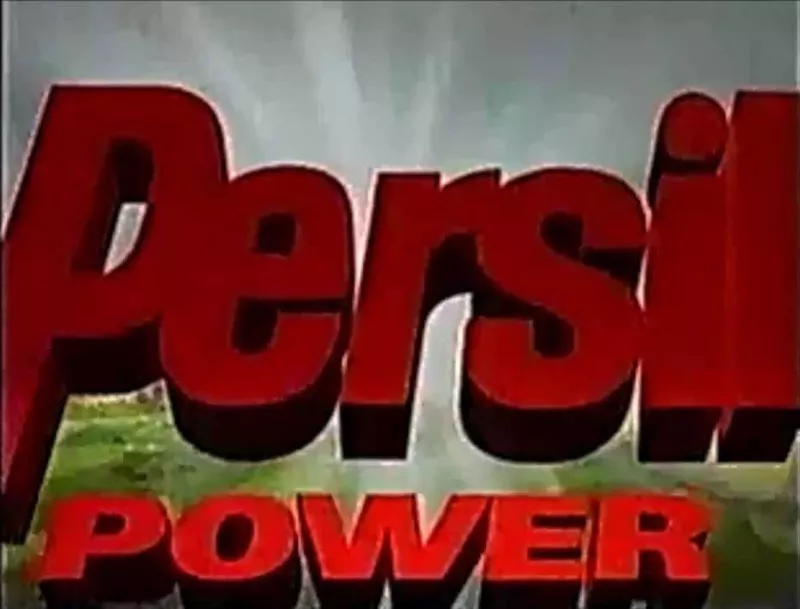
The Laundry Lab / YouTube
Holding company: Unilever
Year released: 1994
What it was: Stain remover
Boasting a newly patented stain removal formula called Accelerator, Unilever’s Persil Power hit the market in 1994. So confident was the company in this formula, it spent $300 million on Persil Power without any formal test marketing. It couldn’t have gone more wrong. Rather than restore garments, the product was damaging them when washed at high temperatures. After wreaking havoc on people’s wardrobes for nine months, Persil Power was withdrawn and quickly replaced with Persil New Generation, minus the Accelerator compound.
Kellogg's Breakfast Mates
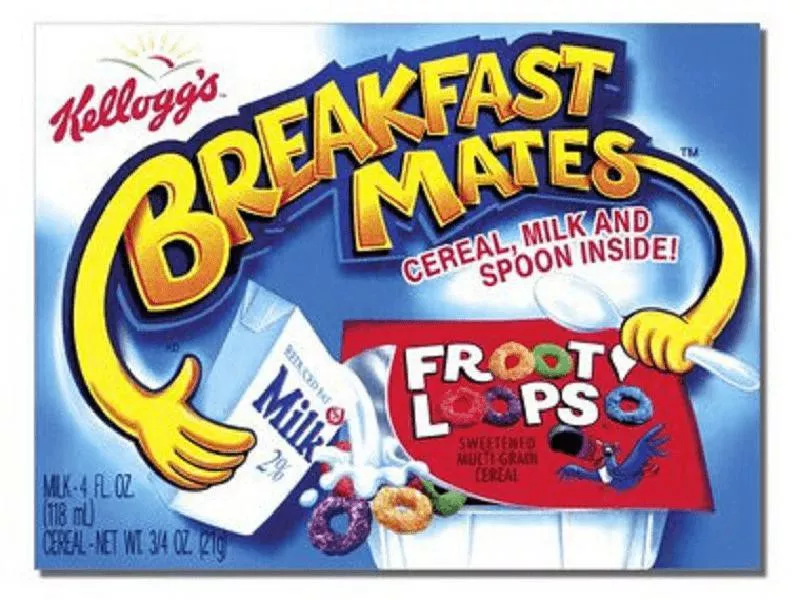
Kellogg's
Company: Kellogg's
Year introduced: 1998
What it was: Breakfast food
The phrase, “If it ain’t broke, don’t fix it,” is one Kellogg’s didn’t have in mind when they created Breakfast Mates, an all-in-one package of a single serving of cereal, a small carton of milk and a plastic spoon. It was designed to save busy working families time; in reality, preparing a bowl of cereal the usual way took only one second longer than preparing a bowl of Breakfast Mates.
The company also missed the mark when it came to advertising, spending $30 million on an ad campaign that featured a family sitting around the kitchen table eating their “portable” cereal. It’s no surprise that Kellogg’s discontinued Breakfast Mates the following year.
EZ Squirt
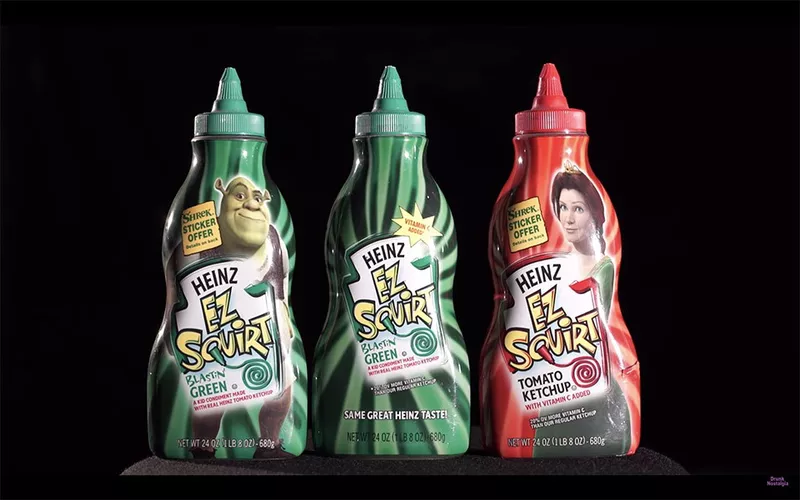
Drunk Nostalgia / YouTube
Company: Heinz
Year released: 2000
What is was: Ketchup
Who says ketchup has to be red? Heinz decided to mix things up in 2000 with the release of purple, blue and green EZ Squirt ketchup in matching squeeze bottles. Initially, kids loved them, but the novelty of green ketchup wore off and everyone went back to the regular red stuff. Following less than six years of steadily declining sales, Heinz stopped producing EZ Squirt in early 2006.
Friendster
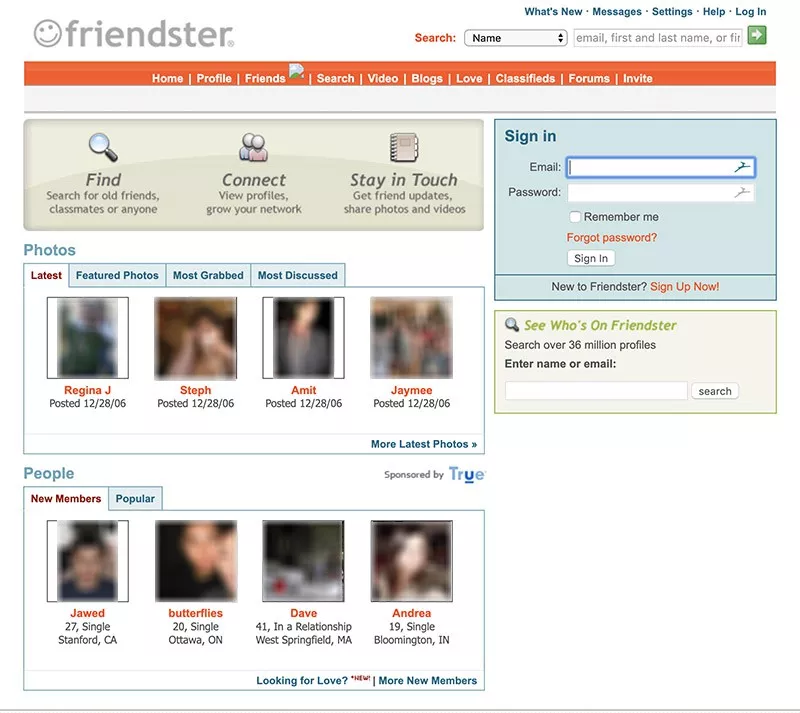
Friendster / Wayback Machine
Company: Friendster
Year introduced: 2002
What it was: Social media site
Not every social media site is a success story. There can be only one Facebook, and 2002’s Friendster didn’t pose much of a threat. Fundamental issues like slow page loading times made the site a pain to use, and in an age when the user experience is everything, people were quick to unfriend Friendster. It limped along until mid-2015, then quietly disappeared for good.
Cheetos Lip Balm
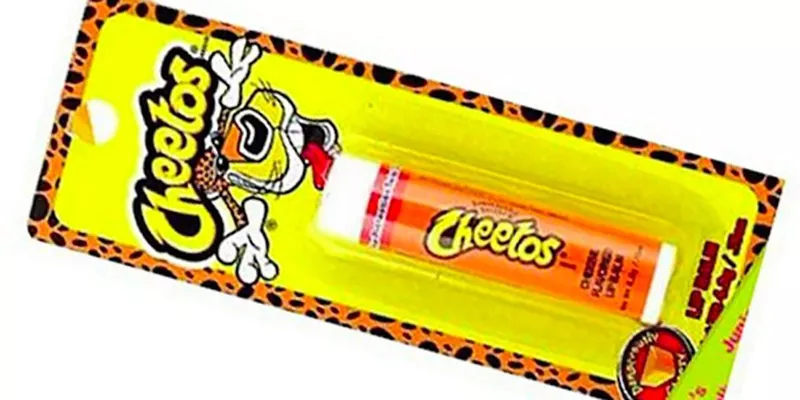
Cheetos
Company: Frito-Lay
Year introduced: 2005
What it was: Lip balm
Lip balms come in a wide range of flavors, but they all have one crucial thing in common: they’re flavors people want to have lingering on their lips. Sure, Cheetos are a popular snack, but who wants to spend their day with the taste of cheesy cornmeal on their smackers? Unable to compete with far more palatable choices like cherry, strawberry and mint, Cheetos lip balm was a resounding failure.
EONS
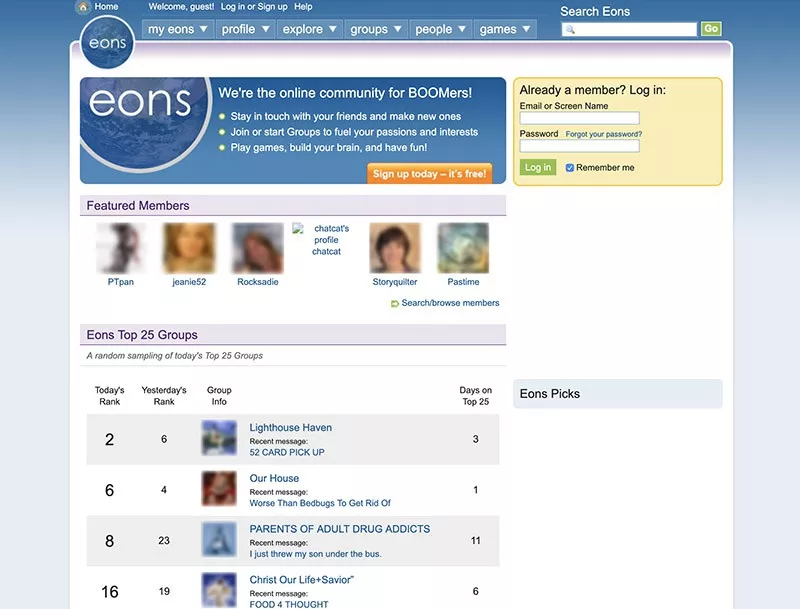
EONS / Wayback Machine
Company: Eons.com
Year introduced: 2006
What it was: Social media site
Sometimes great ideas are realized too early, such as the social media site Eons.com — founded by Monster.com’s Jeff Taylor — which was aimed at over-50s. In 2006, according to Pew Research Center data, only 3 percent of the 50-64 age group used at least one social media site. By 2011, that figure had increased to 38 percent, but it wasn’t Eons.com they were using, and the site was sold to Crew Media. Lesson: it’s a bad idea to target demographics based on age.
HD DVD
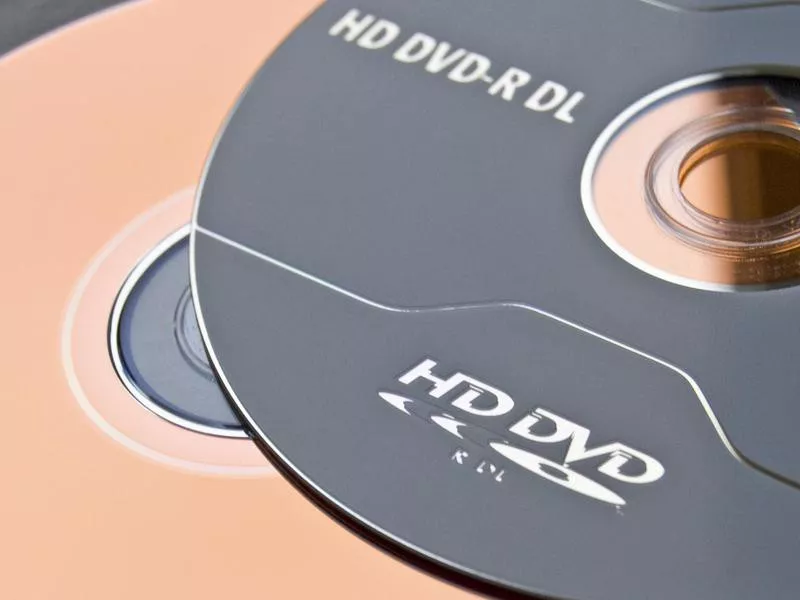
Jurireal / Wikimedia Commons
Company: Toshiba
Year introduced: 2006
What it was: Media storage/playback device
When HD DVD was first launched as a format for high-definition DVDs in 2006, it surpassed its only competitor, Sony’s Blu-ray, in sales. But Blu-ray won the race, primarily because it was better at talking the talk with film studio bosses. (It can’t have hurt that Sony owns one of the largest studios, the Sony Pictures Studios.) It was game over for HD DVD when Sony persuaded Warner Bros to adopt Blu-ray exclusively. Meanwhile, millions of Americans found themselves wondering what to do with HD DVD players and laptops.
Google+
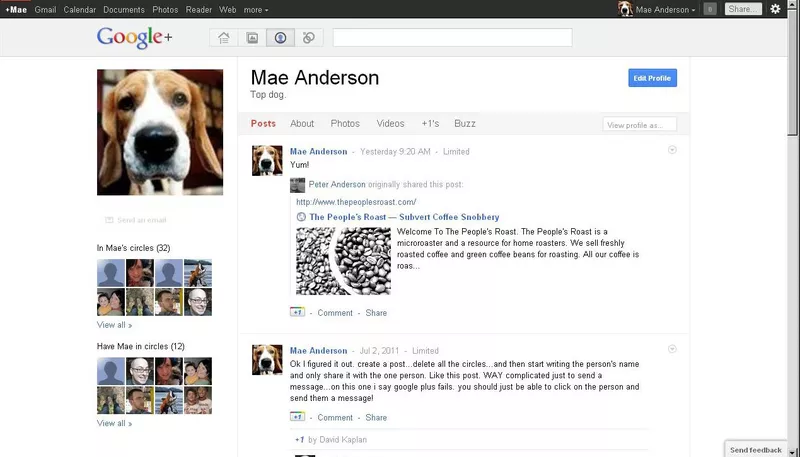
Google / AP Photo
Company: Google
Year introduced: 2011
What it was: Social media site
After stubbornly refusing to admit defeat, Google finally announced in October 2018 that it was shutting down Google+ for consumers. The social media platform created by Google and introduced in 2011 to try to compete with Facebook had a massive marketing campaign at launch, but it wasn’t enough to push it beyond an initial flurry of curiosity. By April 2015, Google+ had experienced a 98 percent decline in user engagement, and towards the end of its run, 90 percent of user sessions were less than five seconds long.
Satisfries
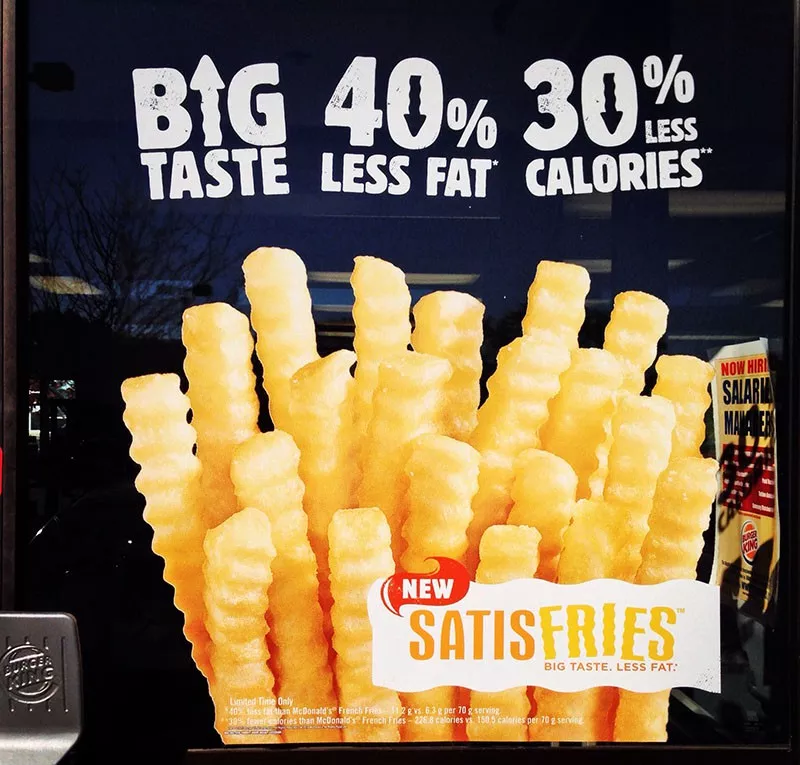
Mr. Blue MauMau / Flickr
Company: Burger King
Year introduced: 2013
What it was: French fries
For years the pressure has been on fast food giants to offer “healthier” alternatives to their standard menu items, and in 2013, Burger King introduced Satisfries. The cooking process used a less porous batter, meaning the fries absorbed less oil than regular fries. The healthier option had 40 percent less fat and 30 percent fewer calories, but they cost more. For whatever reason, Satisfries failed to satisfy, and were discontinued in 2014, less than a year after they were launched.
